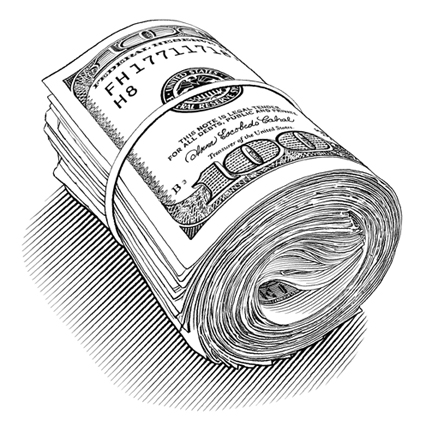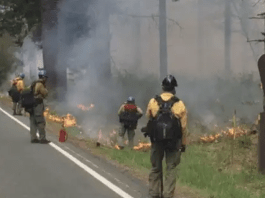“The tyranny of small decisions is a phenomenon in which a number of decisions, individually small and insignificant in size and time perspective, cumulatively result in a larger and significant outcome which is neither optimal nor desired.”
– Wikipedia
 I’ve listened to Freakonomics Episode 386 maybe three times already. First aired in 2019, it’s a dense, but fascinating story of the history of U.S. agriculture policy and how decisions accumulated to create what we have today. It starts with a look at how Supermarkets and the farmers who supplied them helped win the cold war. But what I like most is the second half – a look at how past decisions to support farmers and provide food to urban populations completely changed what we eat and how we produce it.
I’ve listened to Freakonomics Episode 386 maybe three times already. First aired in 2019, it’s a dense, but fascinating story of the history of U.S. agriculture policy and how decisions accumulated to create what we have today. It starts with a look at how Supermarkets and the farmers who supplied them helped win the cold war. But what I like most is the second half – a look at how past decisions to support farmers and provide food to urban populations completely changed what we eat and how we produce it.
When I imagine myself in those folks shoes, I can easily understand why they chose the routes they did. They solved some immediate problems and many of the results have been beneficial. But with our 20/20 hindsight, would we make different decisions? Or, by knowing how we got to where we are, are there decisions we can make today that would give us a result we like better?
Here are just a few examples:
The U.S. became a majority urban nation by 1920. As Anne Effland, a USDA economist notes, this led to “a lot of anxiety among leaders – political leaders and thought leaders – about whether or not U.S. agriculture is going to be productive enough to feed this growing urban population.”
Their solution was to invest in research on seed development, livestock breeding, and ways to mechanize production. The mechanical tomato harvester enabled one farm to go from packing 40,000 to 50,000 cases of canned tomatoes a year to a million cases. Similarly, research on and work to improve beef cattle genetics mean that today we can meet demand with 36% fewer cattle.
These same leaders were concerned with taking care of farmers. When demand dropped after World War I and the Depression, the government instituted price supports to ensure that farmers had a standard of living similar to their urban counterparts. These price supports meant that at the height of the Depression, the government purchased and stored 250 million bushels of wheat. That’s 10.5 trillion loaves of bread!

That led to the next problem. What do you do with all that wheat? Their solution: Eat it! The old food pyramid encouraged us to eat more wheat-based foods. We also created a system to feed it to livestock to produce cheap meat. This in turn led to the U.S. becoming one of the world’s largest consumers of meat per capita. They also worked to reduce supply, paying farmers not to grow food. This was largely unsuccessful because the acres farmers planted grew so much more food than in the past thanks to better plant varieties and production techniques.
You’ll find so much more in this 42 minute podcast. I hope you’ll find it as interesting as I do, and that it will lead to some good conversations around your dinner table. If you come up with something you think is beneficial, call up your congresspeople and senators. They need all the great thoughts they can get!
Thanks for reading!
Kathy
How the Supermarket Helped America Win the Cold War (Replay)




